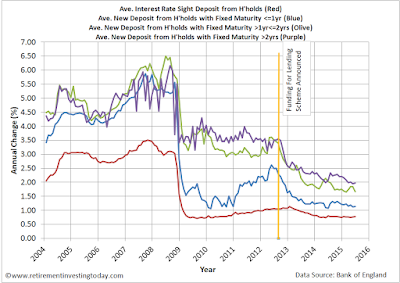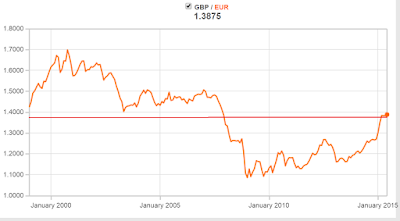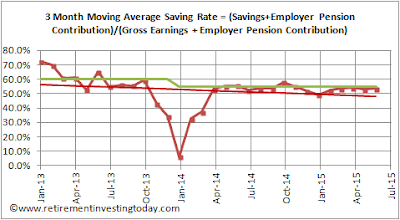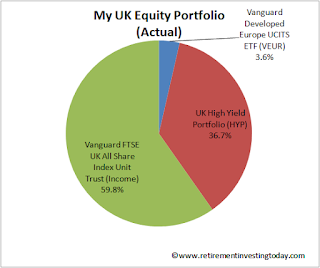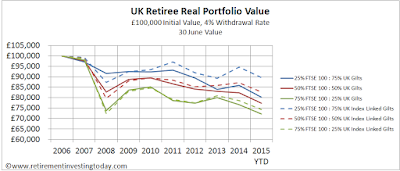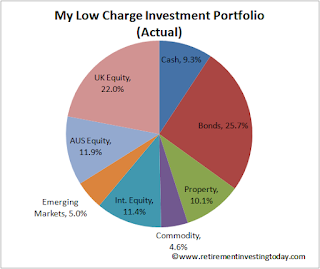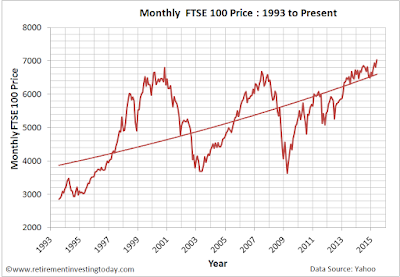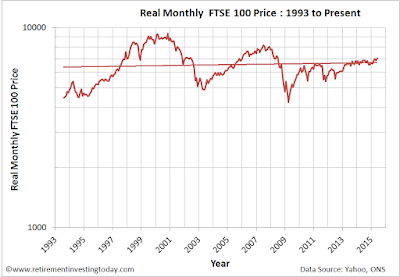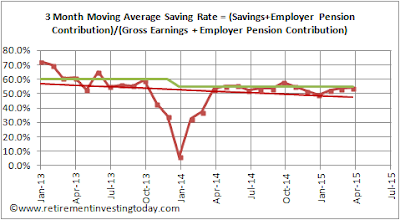A few things combined have had me trying to answer a question or two over the past day or so. Why do I think I can FIRE (become financially independent and retire early) in less than 10 years, with £1 million, when the vast majority of people won’t ever even think about it, will dream about it and think it’s impossible or will simply fail trying? What right do I have to even consider this when I'm not from money and will certainly have no inheritance to help me on my way?
The question becomes even more relevant when I take a step back and think about the strategies I’m employing to get me there – earn more, spend less, minimise investment expenses, minimise taxes and invest in a balanced portfolio of different asset classes that are rebalanced both actively and passively. The strategies are simple and there is certainly no secret sauce in there.
A couple of comments in recent weeks have started to give me an idea:
Let me try and demonstrate with an example from one of my strategies – Earn More. My real (adjusted for inflation) taxable earnings as a multiple of my first graduate salary are shown in the chart below. My records are a little poor pre the 2001/2002 tax year and so here I've just used my basic salary as I know I was saving very little into a pension and certainly wasn't achieving bonuses. Right of the orange line is the period where I have been actively on my FIRE journey. The boxed numbers identify my age in that year.
The question becomes even more relevant when I take a step back and think about the strategies I’m employing to get me there – earn more, spend less, minimise investment expenses, minimise taxes and invest in a balanced portfolio of different asset classes that are rebalanced both actively and passively. The strategies are simple and there is certainly no secret sauce in there.
A couple of comments in recent weeks have started to give me an idea:
- A reader last week made the comment that they were resigned to the fact that they couldn't FIRE. This reader is already earning “£2200 a month” after NI/taxes, saving/investing “£750 per month” of it at age 28 but then saying that “I accept that early retirement is not possible”. In comparison I didn't wake up and smell the roses until I was 34, even in real inflation adjusted terms wasn't earning anything like that at 28 and certainly wasn't saving/investing to that level at that age. Yet here I sit today at age 42 with £820,000 worth of investments and a possible retirement age of 44 or so. Just what right did/do I have to think I could/can FIRE at an early age when somebody who is already saving more than me at a younger age doesn't?
- The comment on the Exchange Rate Conundrum post - “all this endless planning, it's exhausting“ - has been on my mind also. Particularly when what I was doing, trying to minimise risk by thorough planning, didn't seem strange to me at all.
Let me try and demonstrate with an example from one of my strategies – Earn More. My real (adjusted for inflation) taxable earnings as a multiple of my first graduate salary are shown in the chart below. My records are a little poor pre the 2001/2002 tax year and so here I've just used my basic salary as I know I was saving very little into a pension and certainly wasn't achieving bonuses. Right of the orange line is the period where I have been actively on my FIRE journey. The boxed numbers identify my age in that year.
Click to enlarge, RIT’s Increase in Taxable Earnings after Inflation



